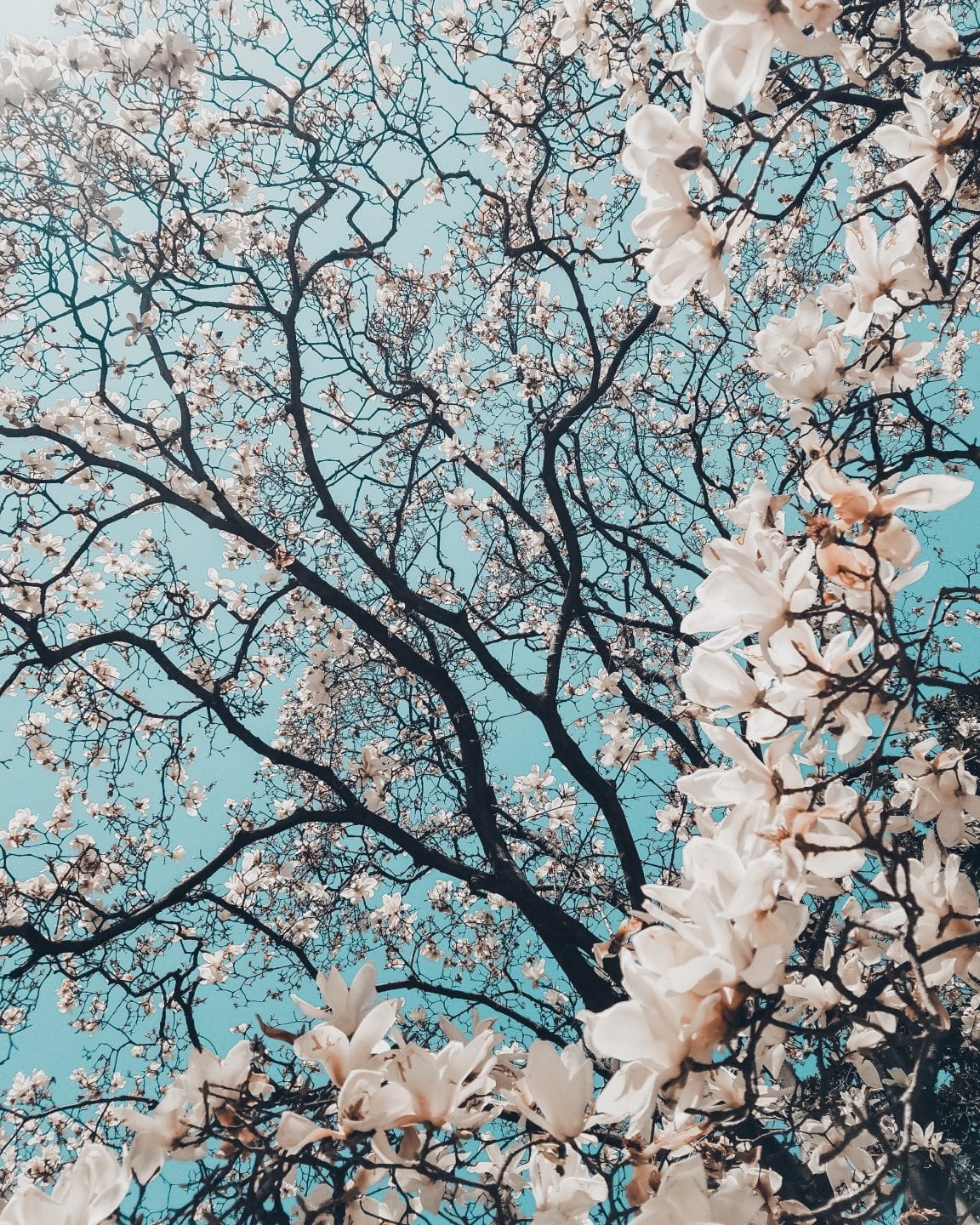Hairs on arid zone plants reduce water loss to wind by creating a dense felt.
“Another clever device is the dense hair felt which numerous plants of arid zones wear on their surfaces to reduce the loss of moisture to the wind.” (Tributsch 1984:186)
Water is essential to life. Liquids, mostly water, make up 70 to 90% of all living systems, and the loss of even a small percentage can mean the difference between life and death. Living systems must maintain a proper liquid balance, which is especially difficult in dry conditions. To do so, they must control the movement of liquids across their boundaries. Living systems do this using structures or waterproof materials to prevent or slow liquid movement. For example, when humans receive a cut, they must limit blood loss. Scattered throughout the bloodstream are lens-shaped structures that serve to plug the wound.
Wind subjects living systems to various forces, such as compression, twisting, turbulence, and tension. These forces put living systems at risk of losing the ability to perform life-essential functions, such as when a plant becomes uprooted. Wind can result from weather phenomena or rapid movement through the air, as when flying. Wind is typically not a constant or predictable force, so living systems must be able to function both with and without its presence by adjusting to its direction and speed. A good example is how plants’ leaves and stems are flexible so that they can align with the wind, rather than being battered by it.
Clade Angiosperms (“receptacle seed”): Dandelions, oaks, grasses, cacti, apples
With 416 families containing some 300,000 known species, angiosperms are the most diverse group of plants, and they can be found around the globe in a wide variety of habitats. They are characterized by seeds that grow enclosed in ovaries, which are enclosed in flowers. The floral organs then develop into fruits of myriad kinds and dimensions, from simple seed casings on maples to elaborate fleshy growths like papayas. The oldest flower known from fossils, Montsechia vidalii, appeared during the Jurassic Period 130 million years ago. They are the primary food source for herbivorous animals, which in turn makes them the indirect food source for carnivores as well.
Become part of a global community helping innovators around the world to put human activity into better harmony with the rest of nature.
Join Today: $10/Month or Just $100/Year
We use cookies to give you the best browsing experience. By clicking the Accept button you agree to the terms of our privacy policy.
